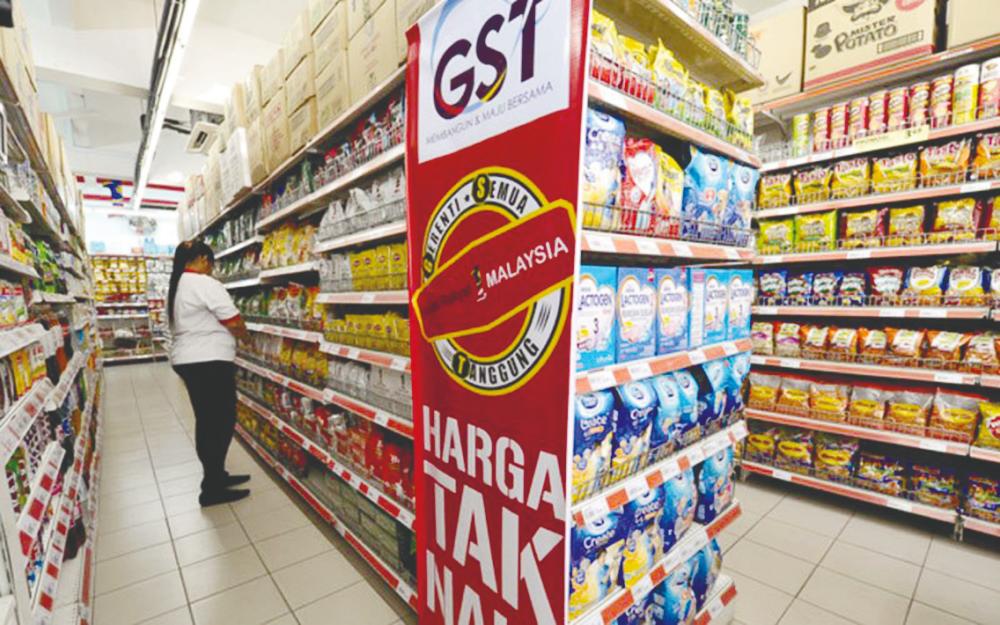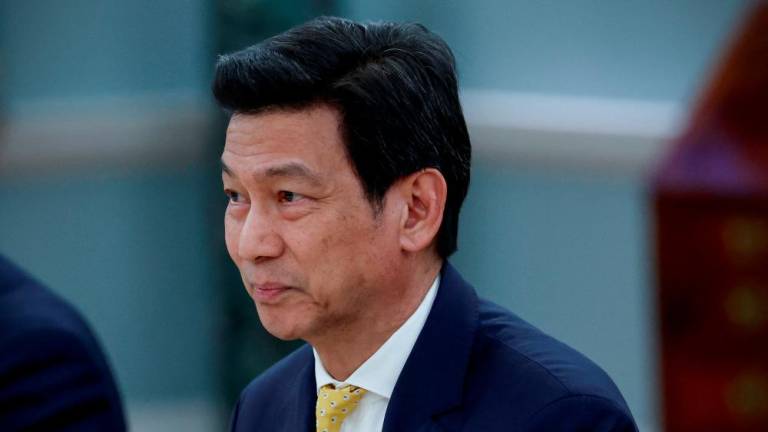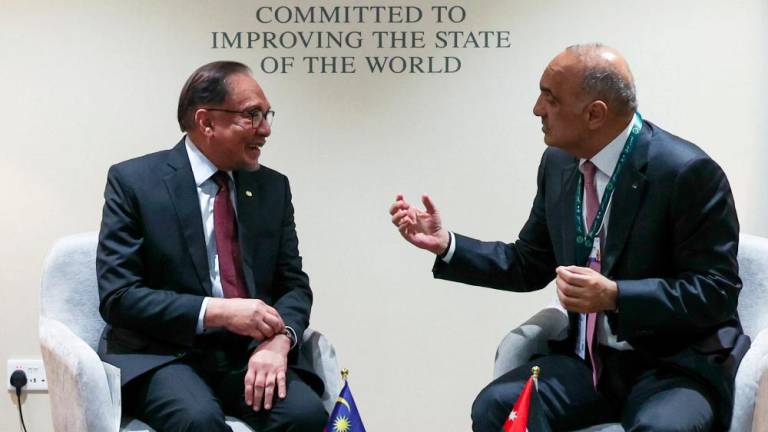PETALING JAYA: The potential reintroduction of the good and services tax (GST), against a backdrop of a growing fiscal deficit, has to have previous weaknesses addressed first, tax experts say.
One of the main bones of contention in the previous GST regime was the delays experienced in the reimbursement scheme, as the law required all tax collection to be remitted to the federal consolidated fund with the refunds then allocated to customs from the consolidated fund.
“To prevent the late refund problems from recurring, the tax authorities must be given autonomy to operate independently when any multi-stage tax such as GST is reintroduced,” Master GST Guide’s author and TraTax’s tax adviser, Thenesh Kannaa told SunBiz.
In August last year, Deputy Finance Minister II Mohd Shahar Abdullah told Parliament that the government has RM4.76 billion in GST refunds outstanding since the tax was abolished in June 2018.
He cited invalid registrant bank details and lack of response in terms of feedback and documents among the issues that led to the late payment of refunds.
To prevent this same issue from recurring, Thenesh suggested that tax authorities should be empowered to make provisions for refunds or input tax credit, and to remit only the remainder of the tax collection into the federal consolidated fund.
In regard to the impact of GST on inflation and consumer sentiment, he highlighted that simulation models projected that the prices of certain products and services would respond accordingly to the tax rate.
However, he noted that such simulation models do not take into account the behavioural aspects of consumers, hence the actual impact of the pricing is also dependent on societal perception and industry confidence.
With the possible reintroduction of GST, Thenesh cautioned that the tax rate cannot be set too low, as it has to at least break even, to recoup the revenue forgone by the sales and service tax (SST) and the additional compliance and enforcement cost.
“In my view, it is vital to get the timing right. Everything else – from tax rate to extent of exemption – is dependent on the economic circumstances at the time GST is reintroduced,” he said.
Malaysian Association of Tax Accountants (MATA) president Datuk Abd Aziz Abu Bakar said a return of the tax could take place in 2022, to give time for the government to educate the people and the agencies involved which would improve its implementation.
He also stated that the reintroduction of the tax has to take note of the impact Covid-19 has had on the economy and people’s livelihood.
Abd Aziz pointed out that previously in formulating the tax, the government had set an ambitious time frame of 14 days for refunds, which has taken years to be actually processed.
“Should the government adopt a different approach for GST 2.0, going without exemption or zero-rated tax items, the refunds could be done without the need for a refund request and Customs could employ a similar system to the Inland Revenue Board’s refund process which takes 30 days,” he said.
As to the rate, the MATA president noted that the existing SST has brought an average of RM28 billion in revenue a year, while GST’s average revenue a year was RM44 billion.
Based on his calculations, a neutral rate which will bring the same amount of revenue to the government and won’t increase the burden on the people would be 4%, should it retain the old system which included zero-rated items and exemptions – or 3% if all goods and services are affected.
“I don’t think the GST 2.0 rate should be higher than 6% as it will create an undue burden to the people. It should be reintroduced at a 4-5% rate as the people would also welcome a discount compared to the old rate,” said Abd Aziz.
He outlined that there is a need for the government to reintroduce the tax to trim its fiscal deficit as it is one of the best ways to raise revenue.
MIDF Research echoed this sentiment, as thus far, Malaysia has been enjoying petroleum income as a source of fiscal revenue.
However, since the onset of Covid-19, there have been questions about the government’s ability to overcome the economic downturn with existing revenue schemes and without relying on additional national debt – a situation that has been compounded by the global slump in oil prices last year.
The research house noted that before it was repealed in 2018, GST collection was a significant source of tax income for the government in 2015 to 2017.
Excluding 2015 when GST was collected for only three quarters, the annual GST collection on average contributed RM42.7 billion a year to the government’s total income in 2016-2017 or nearly 20% of annual revenue. In contrast, the combined collection of SST accounted for a smaller share or on average 7.6% of the government’s revenue in 2005-2014.
“Even before the pandemic hit Malaysia, there has been a growing reliance on debts to finance public spending activities. In the post-global financial crisis period, the outstanding amount of government debts has grown over the years to finance the government’s fiscal deficits,” it said.
As a result, total public debts increased from RM407 billion in 2010 to RM793 billion by 2019, registering a compound annual growth rate (CAGR) of 7.7%. In contrast, gross domestic product (GDP) growth based on current prices was only at CAGR of 6.8% in the same period.
MIDF pointed out that proactive measures are needed to address this growing reliance on debts because it comes with inreasing debt services charges.
Despite the temporary impact a reintroduction of GST could cause to consumer sentiment, inflation and private consumption, MIDF said that when the economy starts to stabilise and recovery is more certain, the fiscal consolidation will need to happen to build back the fiscal space for the government.
“This will provide greater flexibility for the government to inject more support to the economy and mitigate impacts from any future shocks, if necessary. Initiatives can be directed towards further improving and diversifying the government’s sources of income. Despite the sensitivity and controversy with the implementation of GST in the past, we could at least conclude that the positive impact helped to improve the government’s fiscal position,” it added.
The research house, however, stressed that clear communication is key to ensure people are aware of the short- term impact and the government’s strategies to alleviate it.










